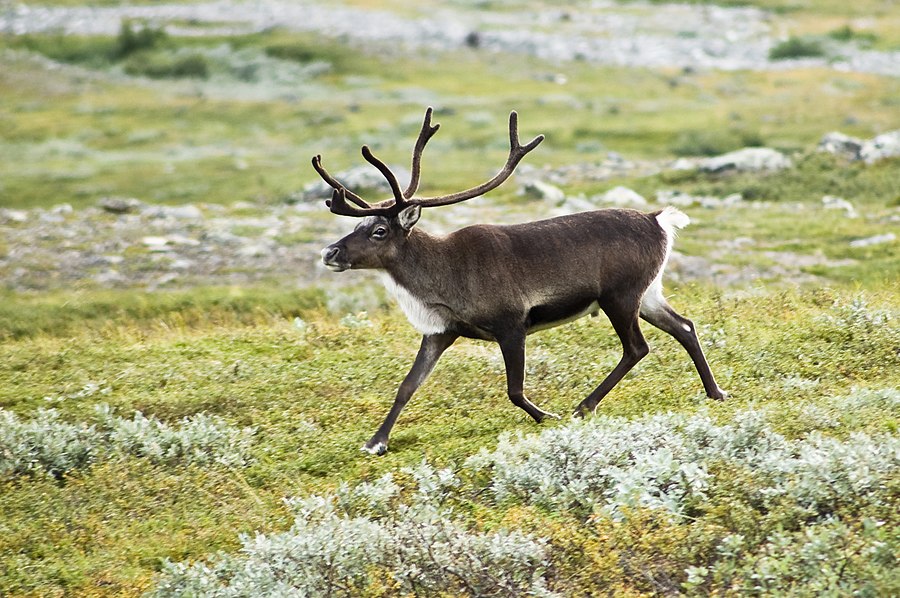Facts About Caribou
Reindeer, also known as caribou in North America, are captivating creatures that inhabit a broad array of environments. They flourish in Arctic, sub-Arctic, tundra, boreal, and mountainous regions across northern Europe, Siberia, and North America. While some reindeer populations are migratory, others remain stationary throughout the year.
These animals, scientifically designated as Rangifer tarandus, exhibit a variety of sizes and colors based on their geographical location. For example, the Taimyr herd in Siberia is the largest wild reindeer herd globally, while the George River herd in Canada was once among the largest.
Reindeer sizes vary significantly, from the diminutive Svalbard reindeer to the much larger boreal woodland caribou. In North America, caribou are distributed from Alaska through Yukon, the Northwest Territories, and Nunavut, extending into the boreal forest and further south through the Canadian Rockies and the Columbia and Selkirk Mountains. Regrettably, some reindeer subspecies are facing severe decline, with a few even reaching extinction.
For Arctic peoples, reindeer have been vital for survival, providing essential resources like food, clothing, and shelter. Indigenous groups, including the Caribou Inuit, Inupiat, and Inuvialuit, have depended on these animals for generations. Reindeer herding and hunting remain crucial for many Arctic and sub-Arctic communities, such as the Duhalar and the Sami people in Sápmi. Moreover, the lore of Santa Claus's reindeer, famed for pulling his sleigh on Christmas Eve, adds a cultural dimension to their significance.
Extensive research has been conducted on reindeer, or Rangifer tarandus. They possess several subspecies, each adapted uniquely to their specific environments. Notably, both male and female reindeer grow antlers, a rarity among deer species. These antlers are essential for mating rituals and establishing social hierarchy.
Reindeer have evolved remarkable adaptations to endure the cold. They possess a specialized heat exchange system in their legs and unique nasal passages to conserve heat and water. Their hooves, eyes, and pelts are specially adapted to withstand harsh Arctic conditions. Their diet primarily consists of lichens during the winter, supplemented by vegetation, small animals, and even fish during other seasons.
Conservation efforts are continually underway to protect reindeer populations, as some subspecies are vulnerable or endangered due to habitat loss, climate change, and human activities. Reindeer herding plays a significant cultural and economic role in many regions, particularly in Scandinavia and Russia. For indigenous peoples, reindeer represent more than just animals; they are a vital source of sustenance and cultural identity.
Reindeer also occupy a special place in mythology, art, heraldry, and as cultural symbols in various regions. Their role in folklore, traditional practices, and history underscores their enduring importance across different cultures and time periods.

 United States
United States